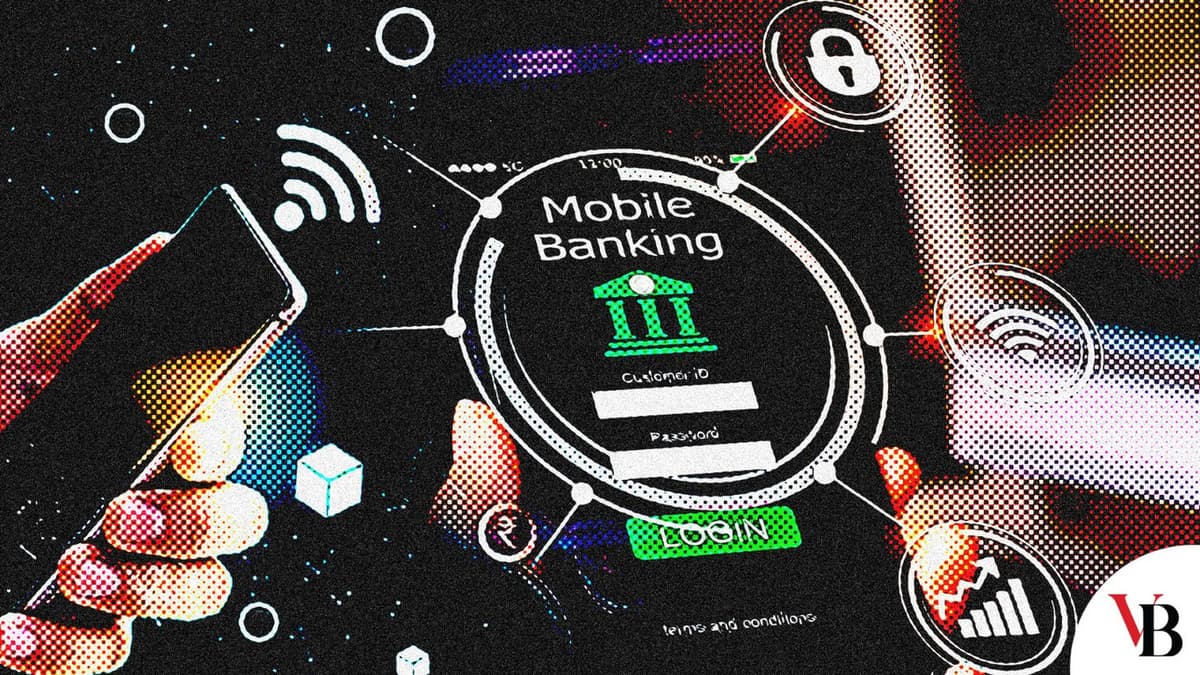Bangladesh Bank

Digital banking in Bangladesh: Business models, challenges and opportunities
Bangladesh Bank has twice invited applications for establishing digital banks in the country. Under the previous government, two licenses were politically approved and granted—one to Nagad and the other to Kori. However, following the political shift after 5th August 2024, those licenses were suspended.

Corruption, extortion part of political culture
Finance Adviser Dr Salehuddin Ahmed has spoken an unvarnished truth about extortion: the level of extortion and illegal levies has increased since 5 August 2024, and stopping extortion, bribery and corruption requires political commitment. Because an extortionist is not just an extortionist—he is also a political player. I had the opportunity to work directly with him when he was the Governor of Bangladesh Bank. Being a man of simple habits, he is free from greed. A CSP officer from the Pakistan era, he is also competent. Upon taking office as Finance Adviser, he said that the state of the economy was not as bad as people claimed. Yet, once in power, the new government’s political gimmick was to publish a white paper on the corruption of the previous one.

Objectionable conditions of development partners must be rejected
In response to the request of the previous government, in 2023 the International Monetary Fund (IMF) approved a loan of 4.7 billion US dollars in favour of Bangladesh. Although Bangladesh had sought 4.5 billion dollars in the original loan application

Create a favourable working environment for women in financial sector
According to Bangladesh Bank, at the end of June, the total number of employees in the country’s 61 scheduled banks, both men and women, was over 213,000, of which women accounted for 17 per cent.

A Policy Fallacy Rooted in Over-Licensing and Weak Oversight
Bangladesh, with a GDP of around USD 460 billion in 2025, has one of the most over-licensed financial sectors in South Asia. It currently hosts 61 scheduled banks, 38 non-bank financial institutions (NBFIs), over 750 licensed microfinance institutions (MFIs), alongside 13 mobile financial service (MFS) providers, 9 payment service providers (PSPs), and 12 payment system operators (PSOs). These institutions are regulated by four bodies: Bangladesh Bank (BB), the Insurance Development and Regulatory Authority (IDRA), the Microcredit Regulatory Authority (MRA), and the Bangladesh Securities and Exchange Commission (BSEC). Yet financial inclusion remains suboptimal. A substantial segment of the population, including many in urban areas, remains excluded from formal financial services.

When will surge in distressed loans in banking sector stop
Borrowing from banks is increasing, but repayment is not. On top of that, irregularities, scams and collusion with boards are leading to looting of funds. As a result, distressed and defaulted loans are rising uncontrollably. In such a situation, distressed loans in the banking sector have reached Tk 7.56 trillion. By the end of 2024, this amount rose by nearly 59 per cent compared to the previous year. This figure starkly illustrates the fragile state of the country’s financial sector.

No more dillydallying expected in bank reforms
Some banks in the country have been misappropriating depositors’ money since their inception. Bangladesh Bank, on the other hand, does not appear to be greatly concerned about the wholesale misappropriation that has taken place across the entire banking sector. Although, after the mass uprising, Bangladesh Bank Governor Ahsan H Mansur spoke optimistically about this sector, the expected results have yet to be seen. Last week, in an interview with a news outlet, he said Bangladesh Bank would inject Tk 20,000 crore into bank reforms. The question now is: what has been done about those who have embezzled vast amounts from the very banks into which this Tk 20,000 crore will be channelled for reforms?

Upcoming Reforms for Financial Discipline and MPS H1FY26
Bangladesh Bank (BB) organized a consultation meeting on Monetary Policy Statement (MPS) H1FY26 recently unveiled several elements of policy measures for the upcoming MPS. The discussion upstretched several concerns about the high policy rate for long, squeezed the credit facilities for the private sector, especially for CMSMEs, high Non-Performing Loans (NPL), sluggish investment, new investment is in wait and see while existing investment is in dilemma.

Understanding between govt, transport owners essential to remove outdated buses, trucks
As soon as one steps onto the roads of Dhaka, one can see rickety buses and trucks puffing out black smoke right in people’s faces, with bus bodies so worn out they could collapse at any moment, posing a serious threat to passengers and pedestrians alike. Not only do they cause accidents, but the black smoke from these vehicles is also extremely harmful to the environment. The removal of these outdated buses and trucks has been discussed for a long time, but no government has been able to implement this properly; the reason being that most of these vehicles are controlled by local political leaders. The majority of vehicle owners are also either political figures themselves or have deep political affiliations within the transport sector. As a result, even the past Awami League government failed to provide any solution in this regard.

We demand exemplary punishment for loan defaulters
The problem of unpaid or defaulted loans in the country’s banking sector is nothing new. Although it has persisted for years, hardly any effective steps are taken to resolve it. In this regard, a study by the International Monetary Fund (IMF) stated that one-third of the loans disbursed in Bangladesh are defaulted.
